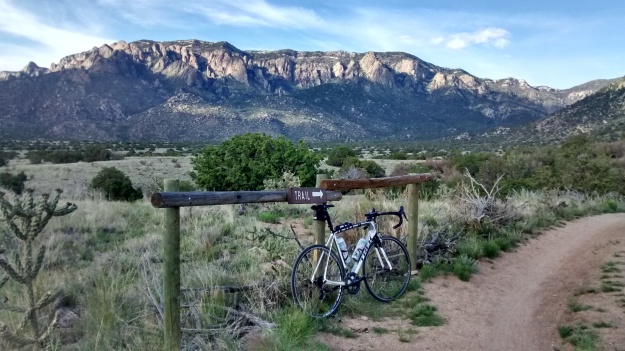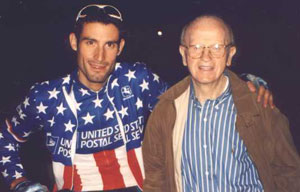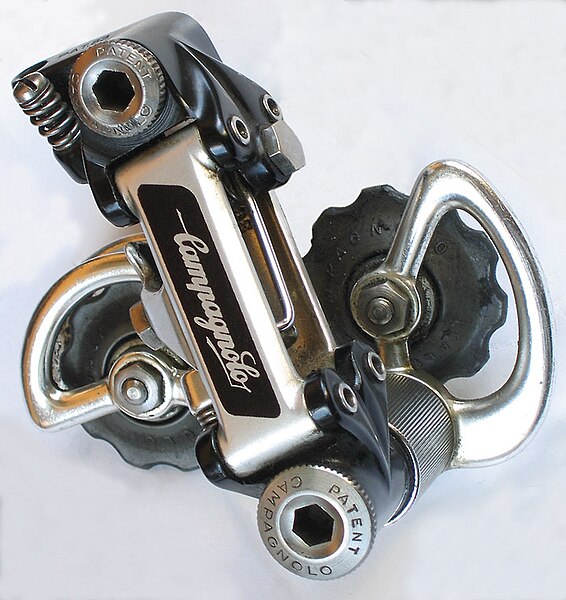This post will be short. It will also be a bit of a prologue or teaser for another post, which may appear tomorrow. If not, you'll see it very soon.
No, I'm not going to make any dramatic announcements about life-altering events. And I'm not going to confess any deceptions or misperceptions I might have perpetrated.
Instead, I'm going to ask a question that will be a basis of that post: Have you ever, in the course of a ride, discovered something you didn't expect about the bike you were riding, or some part or accessory on it?
That surprise could be a positive or negative one, or simply a fact. That is something that happened on a ride I took today. Don't worry: The bike, and I are fine. Actually, we're doing quite well.
Also, you might want to think about something unexpected you learned about yourself on a ride. That, in a way, will also be included in the post that's coming.
I hope you've done some great, or simply pleasurable riding, this weekend. And, if you haven't, I hope something that you've simply had a fine time.
No, I'm not going to make any dramatic announcements about life-altering events. And I'm not going to confess any deceptions or misperceptions I might have perpetrated.
Instead, I'm going to ask a question that will be a basis of that post: Have you ever, in the course of a ride, discovered something you didn't expect about the bike you were riding, or some part or accessory on it?
 |
| From Bike Yogi |
That surprise could be a positive or negative one, or simply a fact. That is something that happened on a ride I took today. Don't worry: The bike, and I are fine. Actually, we're doing quite well.
Also, you might want to think about something unexpected you learned about yourself on a ride. That, in a way, will also be included in the post that's coming.
I hope you've done some great, or simply pleasurable riding, this weekend. And, if you haven't, I hope something that you've simply had a fine time.






